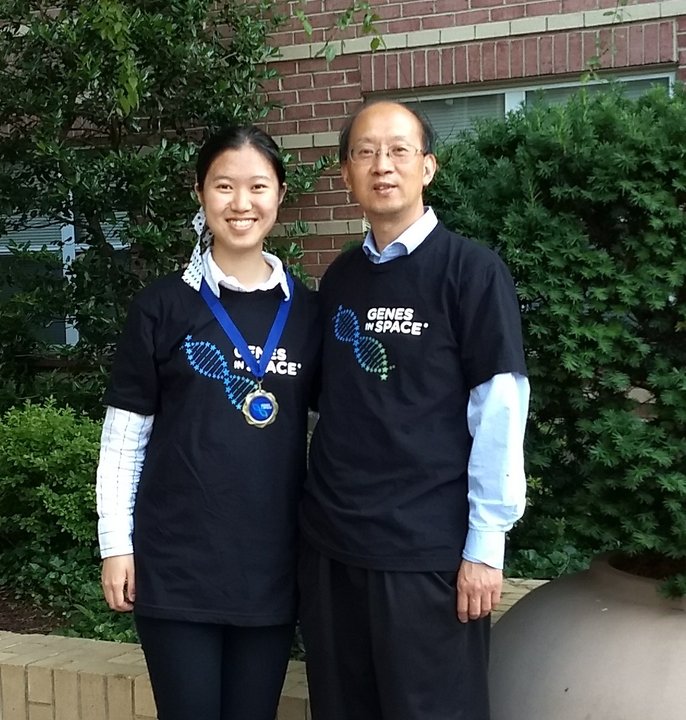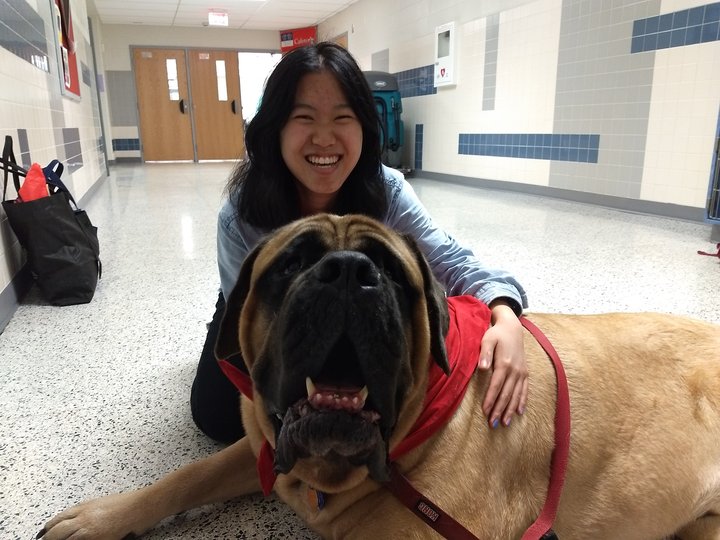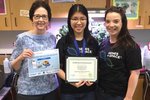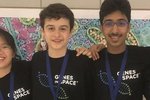GiS Spotlight: Honorable Mention Adele Peng
Each year, Genes in Space awards 10 Honorable Mentions to student teams whose proposals show outstanding scientific rigor and creativity. Today, we're featuring 2019 Honorable Mention recipient Adele Peng (17), a student at the Thomas Jefferson High School for Science and Technology in Alexandria, Virginia. Adele shares a look into her winning idea and shares tips for future contestants.

Briefly explain your experiment: My experiment proposes to look at how space radiation impacts how genes are expressed in the human eye lens. Since the damage to the lens can lead to cataracts, I hoped that this experiment could potentially reveal which genes are involved in cataract formation.
Why did you choose to participate in Genes in Space? Since the age of 4, I have been passionate about the biological sciences, especially in genetics and the DNA sciences, an interest which was particularly piqued when I entered my high school, a school focused on the sciences. Both at school and outside, I have been trained to write proposals to design experiments answering scientific questions I am curious about. When I found out about Genes in Space, I thought it would be an excellent continuation of my interest in biotechnology, as well as the perfect opportunity for me to learn more about the physical and chemical environments found in space.

How did you choose your topic? Because I had no prior experience with space science, I chose my topic through a simple Google search looking for the different issues that cosmic radiation could pose to human health, because I had heard of the dangers of radiation but lacked knowledge on specifics. In these searches, I discovered that increased radiation could lead to increased incidence of cataracts. I found the topic of the eye really interesting because I have always been fascinated by the eye's anatomy in visits to the eye doctor, and I wanted to learn more both about the structure of the eye lens (the organ affected in cataracts), and about the process of how cataracts form as a possible result of radiation exposure.
What did you gain by participating in Genes in Space? Genes in Space truly opened my eyes to the subject of space science and helped place the small-scale biological systems that PCR examines in context with the vastness of space. It was really cool seeing how biology could fit in with some of the topics that I had heard about through physics class, and learning about the different types of cosmic radiation and how they could disrupt biological systems was an enlightening experience. Learning about the problems that excess radiation could inflict upon the human body also gave me a newfound appreciation for how spacecraft and other space equipment are designed to protect the safety of astronauts.
Do you have any advice for future Genes in Space contestants? I found that finding reputable sources was the key to delving deeper into a topic, which in turns helps one develop interest in a specific topic. Scientific journal articles, as well as textbooks, really helped me understand the finer details of the topic I was exploring, which helped me get more interested in the topic I chose. Additionally, I found that past Genes in Space blog posts, as well as various pages from the NASA website, were really informational and presented unfamiliar subjects in a language I could more easily understand.


